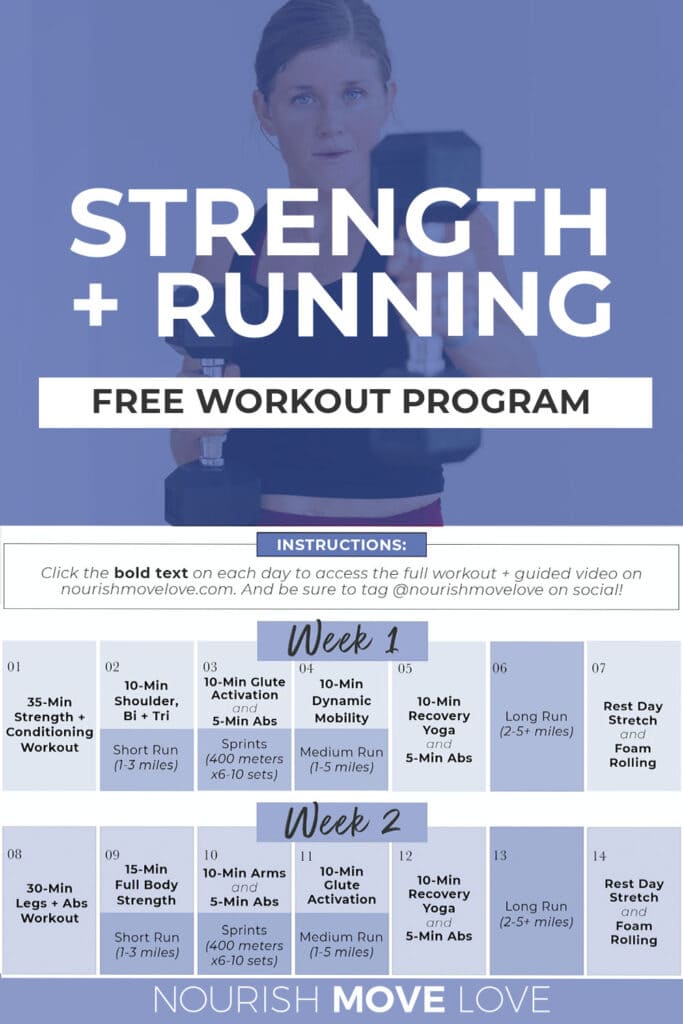Running Workout Techniques: Strategies to Improve Stamina and Speed
Running Workout Techniques: Strategies to Improve Stamina and Speed
Blog Article
Taking Care Of Usual Running Discomforts: Causes, Solutions, and Avoidance
As runners, we commonly encounter various discomforts that can hinder our performance and pleasure of this physical task. By checking out the root factors for these operating discomforts, we can discover targeted services and preventive procedures to make sure a smoother and extra meeting running experience.
Common Running Discomfort: Shin Splints
Shin splints, an usual running discomfort, often arise from overuse or incorrect shoes throughout physical activity. This problem, clinically referred to as median tibial stress disorder, materializes as pain along the inner side of the shinbone (tibia) and prevails among professional athletes and joggers. The repeated stress on the shinbone and the cells affixing the muscles to the bone results in swelling and discomfort. Runners that swiftly raise the strength or period of their exercises, or those that have level feet or improper running strategies, are particularly prone to shin splints.
To avoid shin splints, people must slowly raise the intensity of their exercises, use suitable shoes with proper arch assistance, and preserve flexibility and stamina in the muscles bordering the shin. If shin splints do happen, initial therapy entails remainder, ice, compression, and altitude (RICE) In addition, incorporating low-impact tasks like swimming or cycling can aid maintain cardio health and fitness while enabling the shins to recover. Persistent or serious situations might call for medical analysis and physical therapy for effective administration.
Usual Running Discomfort: IT Band Disorder
In enhancement to shin splints, an additional common running pain that professional athletes typically run into is IT Band Disorder, a problem brought on by inflammation of the iliotibial band that leaves the external upper leg and knee. IT Band Disorder generally shows up as discomfort outside of the knee, especially throughout tasks like running or cycling. The iliotibial band is a thick band of fascia that connects the aware of the shin, and when it comes to be irritated or tight, it can rub versus the upper leg bone, resulting in discomfort and discomfort.
Joggers experiencing IT Band Syndrome might see a stinging or hurting sensation on the outer knee, which can get worse with continued activity. Variables such as overuse, muscle discrepancies, improper running form, or insufficient workout can contribute to the advancement of this problem.
Common Running Pain: Plantar Fasciitis

Plantar Fasciitis can be connected to various elements such as overtraining, improper footwear, operating on difficult surfaces, or having high arches or flat feet. To avoid and ease Plantar Fasciitis, joggers can include extending workouts for the calf bones and plantar fascia, use helpful footwear, preserve a healthy weight to decrease strain on the feet, and gradually increase running intensity to avoid abrupt stress and anxiety on the plantar fascia. If signs and symptoms linger, it is advised to seek advice from a medical care specialist for appropriate diagnosis and treatment options to resolve the problem successfully.
Typical Running Pain: Jogger's Knee
After dealing with the obstacles of Plantar Fasciitis, another common concern that runners typically encounter is Runner's Knee, a common running discomfort that can prevent sports performance and trigger pain throughout physical task. Runner's Knee, likewise understood as patellofemoral discomfort disorder, manifests as pain around or behind the kneecap. Runners experiencing this pain might really feel a plain, aching pain while running, going up or down stairways, or after extended durations of resting.
Usual Running Discomfort: Achilles Tendonitis
Commonly afflicting runners, Achilles Tendonitis is an excruciating problem that influences the Achilles tendon, causing discomfort and potential restrictions in physical activity. The Achilles tendon is a thick band of tissue that links the calf muscle mass to the heel bone, vital for tasks like running, leaping, and strolling - see here. Achilles Tendonitis often develops because of overuse, incorrect shoes, poor extending, or sudden increases in exercise
Signs of Achilles Tendonitis include discomfort and tightness along the ligament, specifically in the early morning or after durations of lack of exercise, swelling that worsens with activity, and possibly bone spurs in chronic cases. To stop Achilles Tendonitis, it is important to stretch correctly previously and after running, use proper footwear with appropriate support, slowly enhance the intensity of exercise, and cross-train to reduce repetitive stress on the ligament. Therapy might include rest, ice, compression, elevation (RICE protocol), physical treatment, orthotics, and in extreme instances, surgical treatment. Early intervention and appropriate care are crucial for managing Achilles Tendonitis properly and protecting against long-lasting issues.
Final Thought

Report this page